Camera Aperture
If you’re starting in photography, learning about aperture is essential. This beginner’s guide will explain what aperture is, how to use it, and when to adjust it. Aperture is one of the most basic camera settings and can dramatically affect your photos!
Camera Aperture is a part of the exposure triangle that includes Camera Shutter Speed and ISO.
Let’s dive in.
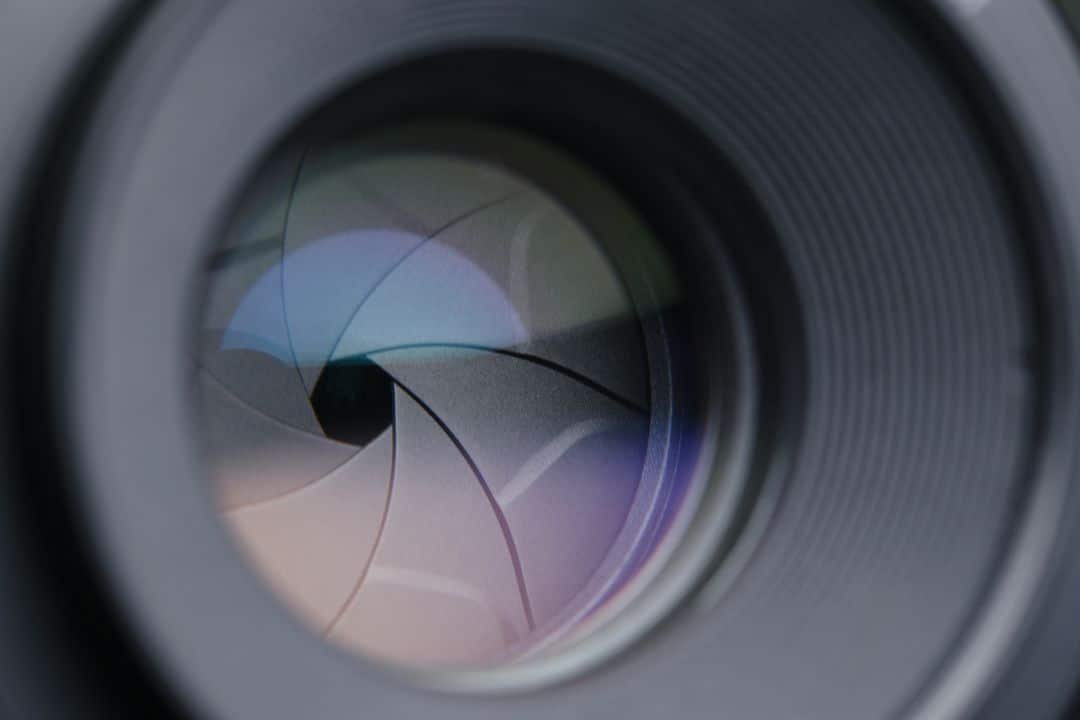
What is camera aperture?
The camera’s lens controls the aperture and expresses in f-numbers like f/11, f/16, etc. The lens creates a hole, and the hole size determines how much light is let into your camera. A large aperture (low number) results in a shallow depth of field, while a small aperture (high number) will give you a deep depth.
Looks like a decimal number
Your camera’s aperture setting will be represented by a number followed by an “f” (e.g., f/8). Aperture settings are typically displayed in your camera’s viewfinder or on the camera’s LCD screen.
Depending on your camera, they might omit the “f/” entirely, leaving you with just the number for reference.
Aka: F/Stop
Camera aperture can confuse beginners because the term is often used interchangeably with f-stop. F-stop is another word for aperture. It’s just a term used by photographers to make things easier to talk about. When someone says “f-stop,” they’re talking about the camera’s aperture setting.
How do you change the aperture in your camera?
Depending on your camera, the aperture can be changed in a few different ways. You can usually change the aperture for DSLR cameras by turning a dial on the top of your camera or through the settings on your camera screen. You will need to access a menu to change the aperture setting for point-and-shoot cameras.
FujiFilm Mirrorless cameras have the aperture setting built into the lens. You adjust a ring as you would for focusing or zooming—a very different implementation from Canon or Nikon.
Aperture Priority Mode
Aperture priority mode is a shooting mode that allows you to control the aperture while the camera automatically sets the shutter speed. This exposure mode is excellent for beginners because it will enable you to focus on just the f-stop while the camera takes care of the shutter speed.
This mode is usually presented with an “A” or “Av” on a dial atop your camera.
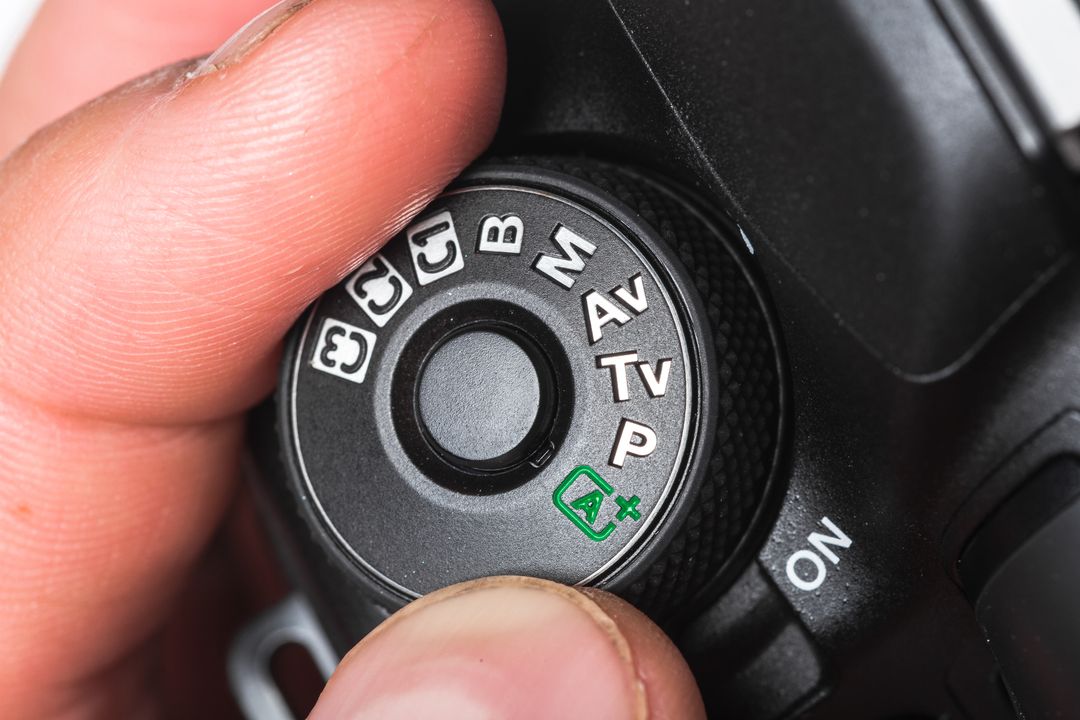

When should you change the aperture settings in your camera?
Lower f/stop number
A low f-stop number means that the aperture is wide open. This lets in more light, which is suitable for photography in low-light situations.
Benefits:
– Allows for a shallower depth of field
– Creates more bokeh in the background
– Helps to blur the background and focus on the subject
What you get:
– Creates a more dreamy, ethereal look in your photos
– Gives your photos a professional touch
Higher f/stop number
A high f-stop number means that the aperture is closed. This lets in less light, which might be suitable for photography in bright situations.
Benefits:
– Allows for a greater depth of field
– Creates less bokeh in the background
– Helps to keep the background and subject in focus
What you get:
– Gives your photos a more classic, timeless look
Balancing Aperture with Shutter Speed
The key to balancing aperture and shutter speed is finding the right balance between capturing enough light and avoiding blurry photos.
Aperture affects how much light your camera captures, while shutter speed affects how long the camera’s shutter is open and how much motion it can capture. Finding that sweet spot where they both work together takes some experimentation, but once you get the hang of it, you’ll be able to take great photos in any situation.
Low f/stop, Fast Shutter
You can get great photos with a low f/stop and fast shutter speed by capturing a lot of light in a short amount of time. This is perfect for action shots or photos in low-light situations. Just be careful not to over-expose your photos by adjusting your settings too high.
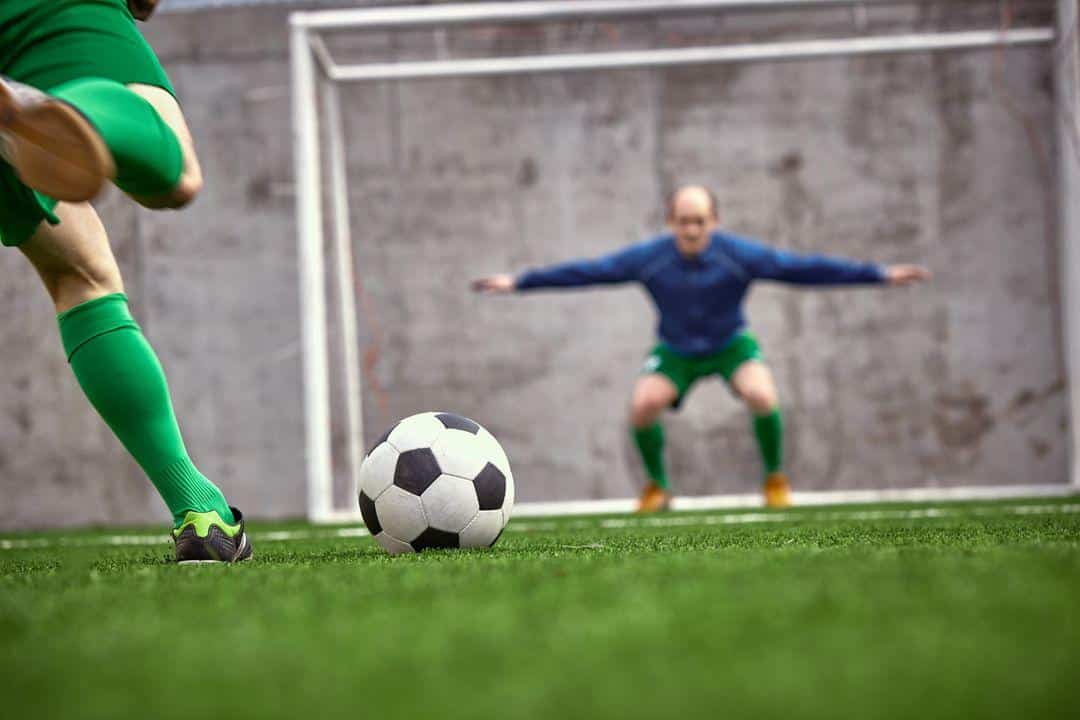
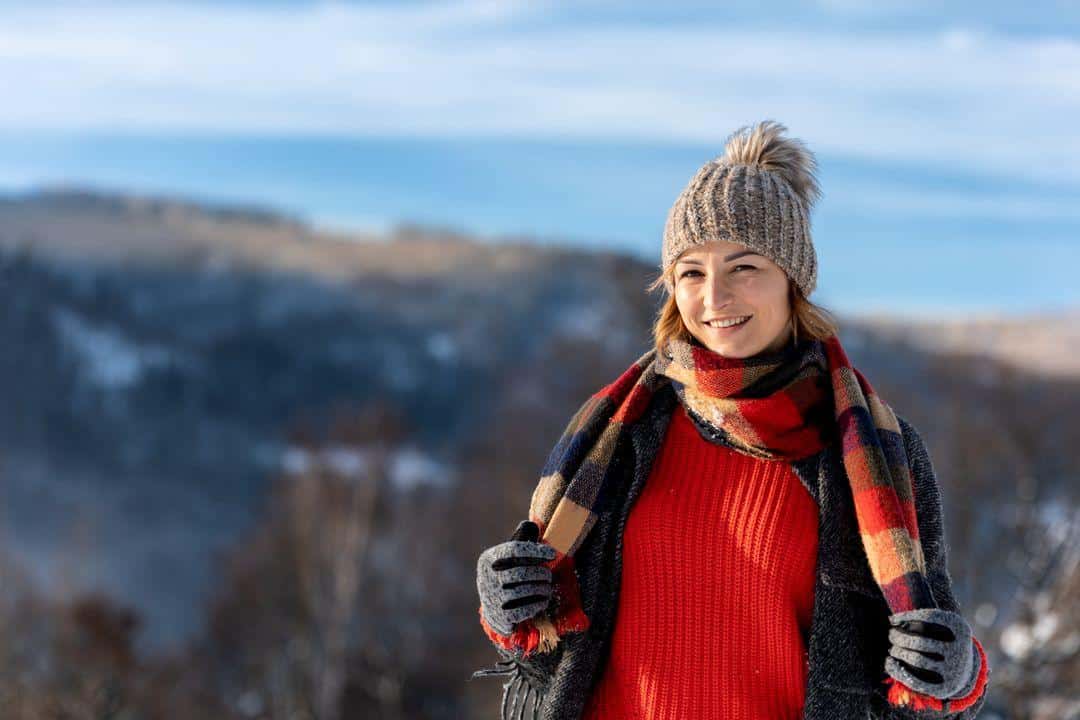
High f/stop, Fast Shutter
You can get great photos with a high f/stop and fast shutter speed by capturing a lot of detail in a short amount of time. This is perfect for landscapes or close-ups. The high f/stop will add to the photo’s clarity, and the fast shutter will prevent too much light from reaching the sensor.
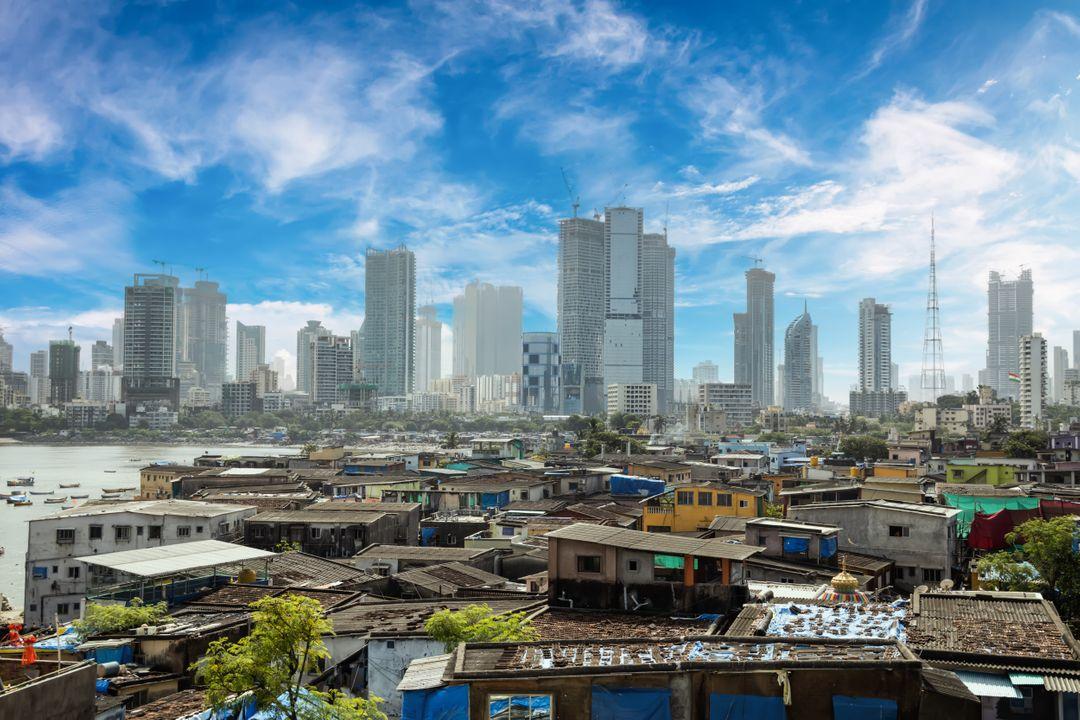
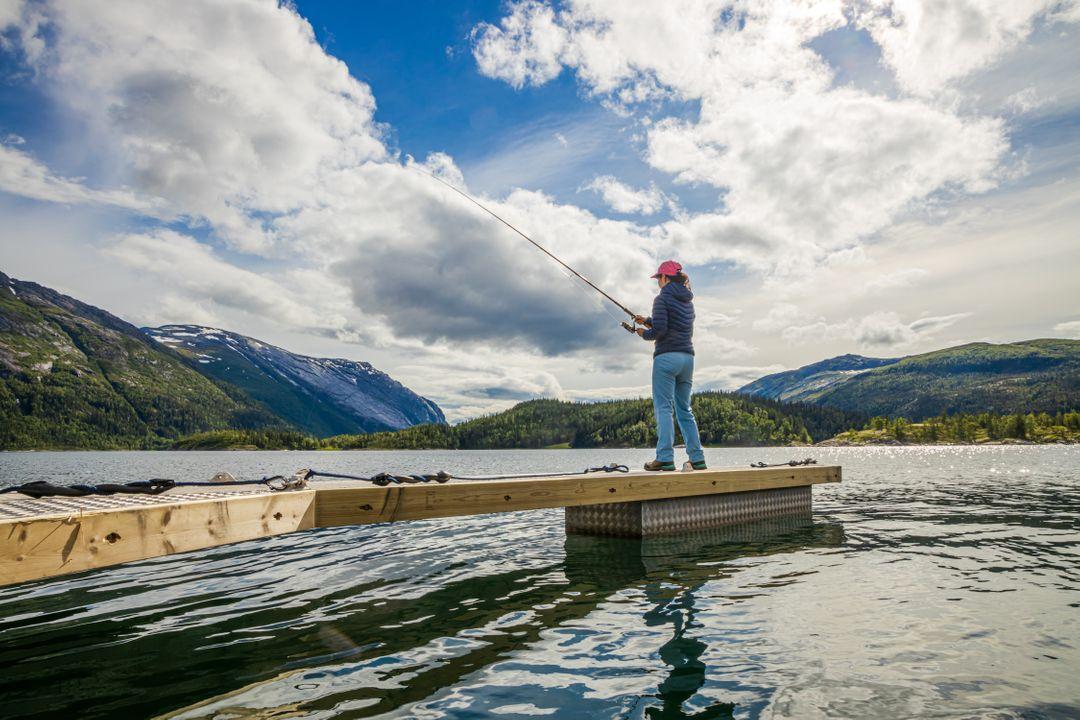
High f/stop, Slow Shutter
With a high f-stop and slow shutter, you can get photos with a lot of depth of field. This will make the background blurry and the subject in focus. You’ll use this combination a lot when doing night photography where want everything to be in focus but need as much light as possible over a more extended period.


Low f/stop, Slow Shutter
This is not a typical combination because you could overexpose your photo easily. However, if you have a controlled (and stable) environment, you could make this work for some creative photos.
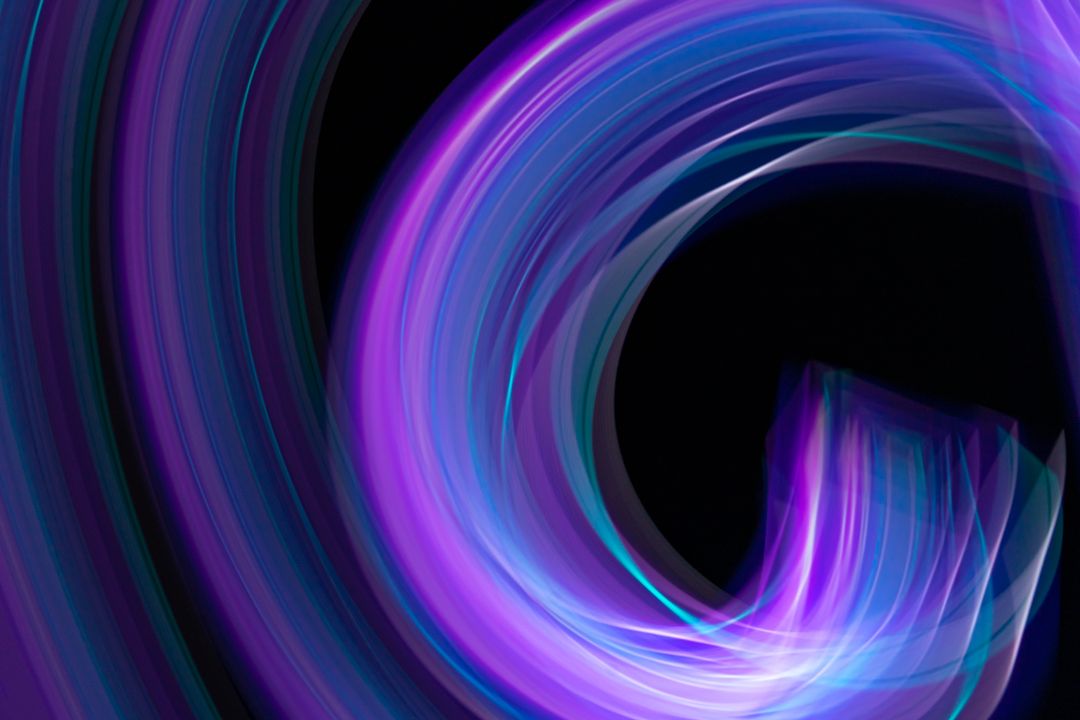
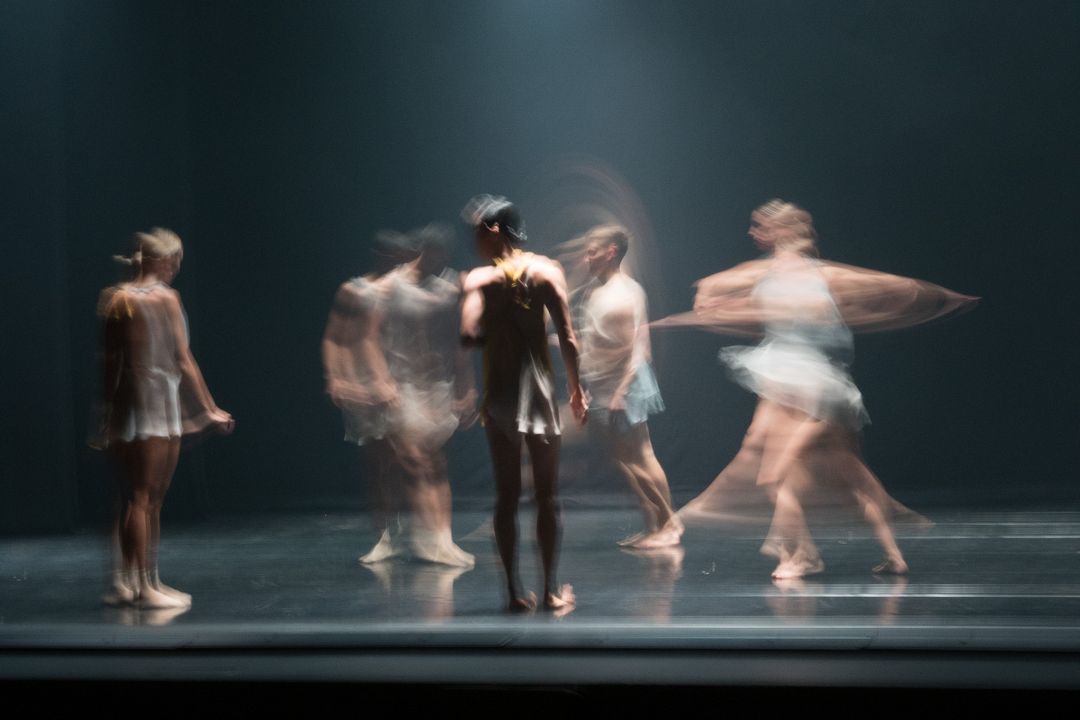
Conclusion
So there you have it! Aperture, how to use it, and when. Remember that aperture is about controlling the amount of light entering your camera lens. It’s one of the most important aspects of photography and can be used to create stunning images with incredible depth of field. Mastering aperture will take your photography skills up a notch – give it a try!